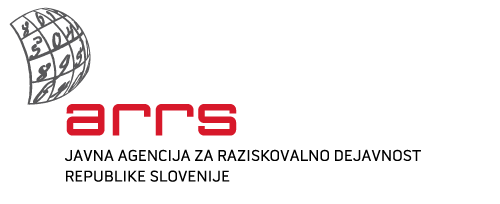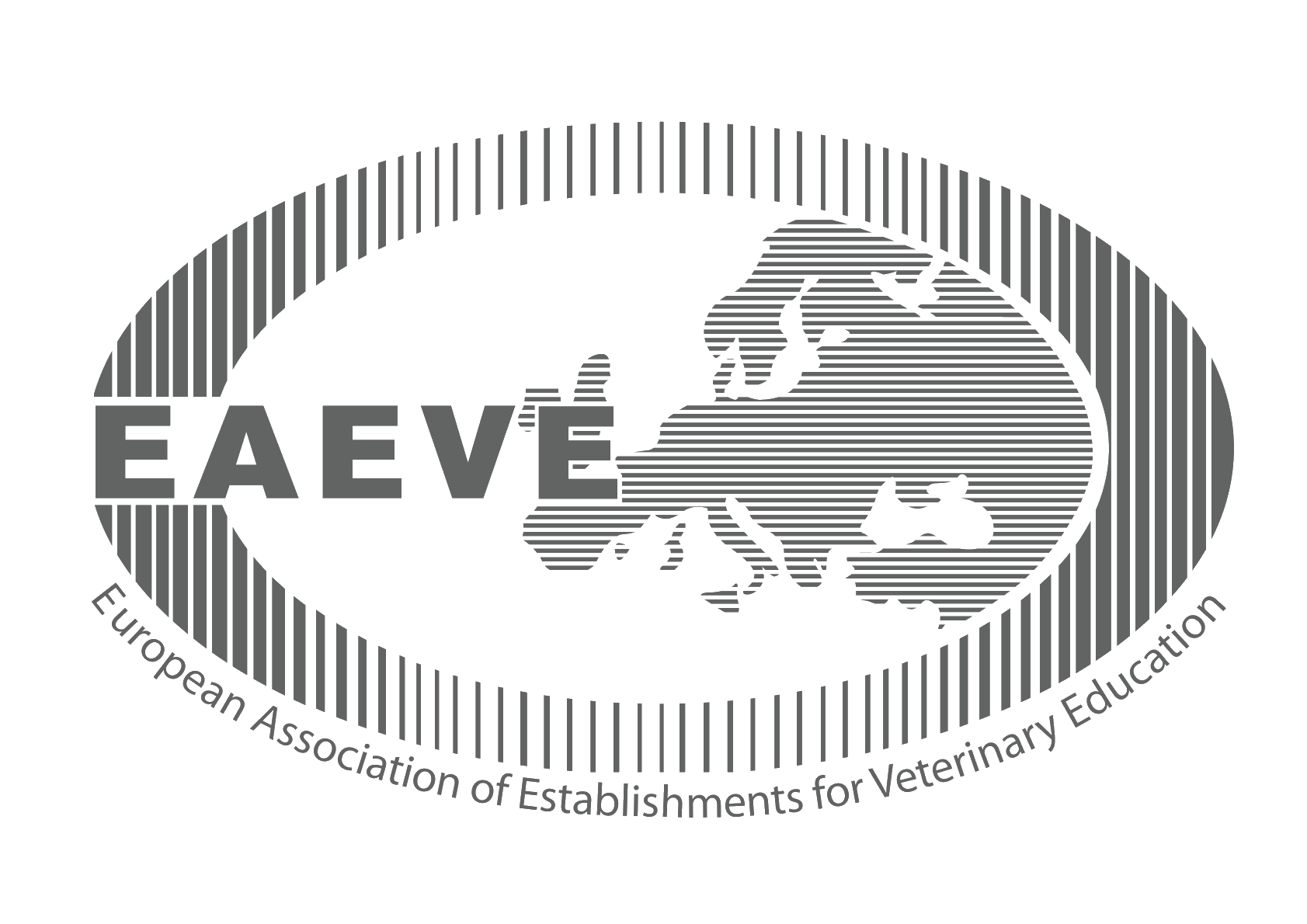J4-1772

Protein complexes from the fungal genus Pleurotus, new bio‐ pesticides for controlling Colorado potato beetle and western corn rootworm

General Data
Member of UL: Veterinary faculty
Name of the leading partner: UL Biotechnical Faculty
Status: partner
Project code/ Projet No.: J4-1772
Project Title: Protein complexes from the fungal genus Pleurotus, new bio‐ pesticides for controlling Colorado potato beetle and western corn rootworm
Project period: 1.7.2019 - 30.6.2022
Yearly sum of FTE: 0,1
Leader: Prof. Robert Frangež
Scientific field: Biotechnology
Partners: Biotehnical faculty-University of Ljubljana, National Institute of Biology, Agricultural Institute of Slovenia, Institute Jožef Stefan, Veterinary faculty- University of Ljubljana
Project description
Currently, modern intensive agriculture is faced with serious problems due to the constant evolution of pesticide resistance, residues of chemical pesticides in food and feed, environmental concerns, human health issues, and the rising human population. Proteins belonging to the aegerolysin family have been identified in several eukaryotic and bacterial taxa, and those from the fungal genus Pleurotus (oyster mushrooms) have recently gained significant interest. The common prominent feature of Pleurotus‐deriving aegerolysins is their interaction with specific membrane lipids. Recently, the aegerolysins ostreolysin A6 (OlyA6; from P. ostreatus), pleurotolysin A2 and erylysin A (PlyA2, EryA, respectively; both from P. eryngii) were shown to bind strongly to lipid membranes containing ceramide phosphoethanolamine (CPE), which is the major sphingolipid in invertebrate cell membranes, but is not present in other taxa. Aegerolysins OlyA6, PlyA2 and EryA, in concert with their protein partner PlyB, selectively kill larvae and adults of two coleopteran pests that belong to the family Chrysomelidae, the western corn rootworm and the Colorado potato beetle. In concert with the fact that OlyA6/PlyB, PlyA2/PlyB and EryA/PlyB protein complexes targeti an insect‐specific membrane lipid receptor, these toxicity data strongly suggest the use of these complexes for the development of next-generation of biopesticides. Importantly, due to their interactions with their specific insect membrane lipid receptor, CPE, and not with pest proteins that can be prone to mutation, the chances that these larvae can evolve resistance to these aegerolysin‐based protein complexes should be significantly lower. The genetically modified potatoes, producing CPE‐binding aegerolysin/PlyB complexes that are selectively toxic to Colorado potato beetle larvae, can be used to develop a novel generation of biopesticides for the control of this pest. Finally, we will evaluate the safety of EryA/PlyB insecticidal complexes, which do not interact with the mammalian-associated lipids (sphingomyelin/cholesterol), by testing their potential toxicity in rodent model of mammalian species.
Location
Gerbičeva 60
SI-1000 Ljubljana
Slovenija
Sample Reception
Samples are received at several locations throughout Slovenia. See where.
The veterinarian on duty
Emergency veterinary assistance for dogs and cats and a telephone number of constant readiness.
Library
A wide selection of domestic and foreign professional literature in the field of veterinary medicine and other sciences.
Main navigation
-
Education
- Informativni dan
- Why to become a veterinarian?
- Undergraduate Studies
- Postgraduate studies
- Pripravništvo
- Summer Schools
- Continuous education
- Professional Development
- International Activity
- Mednarodna dejavnost - Tuji študentje
- The Path to Creative Knowledge
- Tutoring
- Extracurricular Activities
- Career Centres
- Alumni
- Student organizations and societies
- Quality Assurance
- Clinics
- Diagnostics
- Dobrobit
- NVI
- Research
- About us
- Hub


